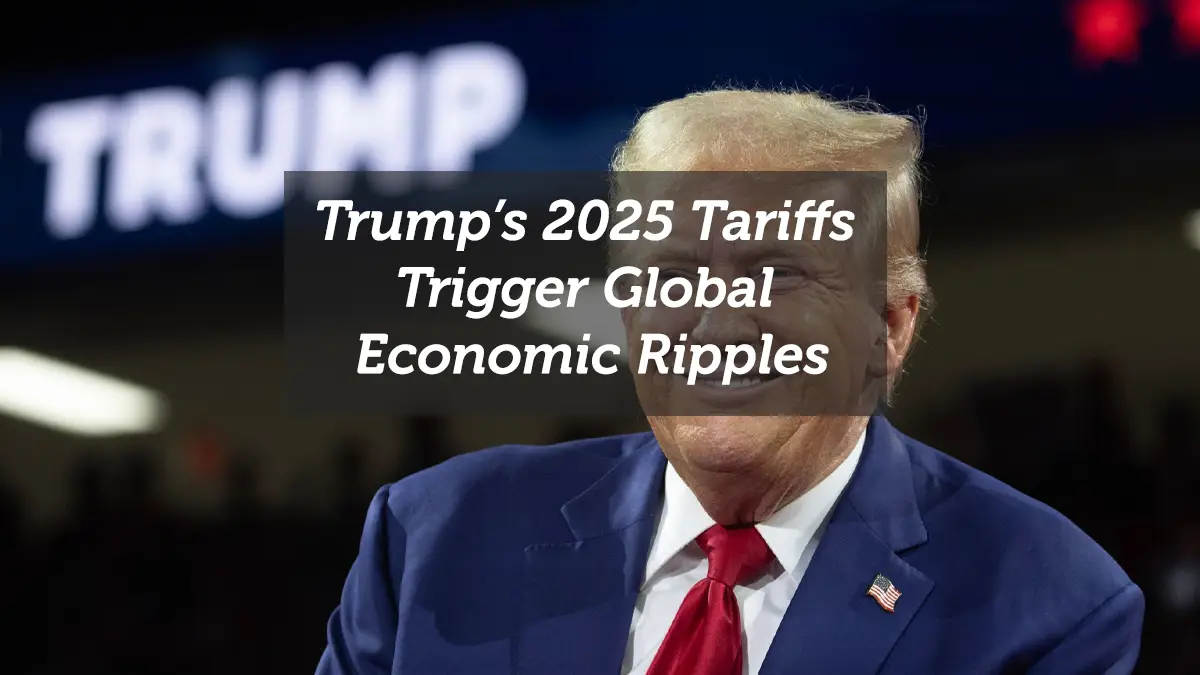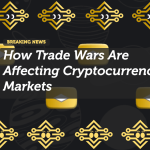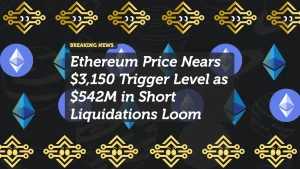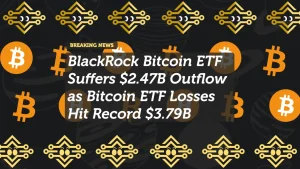
Trump’s 2025 Tariffs Trigger Global Economic Ripples
In April 2025, President Donald Trump unveiled a sweeping set of tariffs targeting nearly every major U.S. trade partner. Branded as a move toward “economic independence,” the policy aimed to reduce America’s reliance on foreign goods and incentivize domestic production.
But the ripple effects were immediate and far-reaching—shaking global markets, raising inflation concerns, and pushing allies and rivals alike to consider retaliatory measures.
Implementation: The Three-Pronged Tariff Strategy
1. Universal 10% Tariff
A blanket 10 percent tariff on all imported goods was imposed—regardless of origin. This “universal tariff” marked a historic shift, essentially taxing every foreign product entering the U.S.
2. Reciprocal Tariffs
Countries imposing high tariffs on U.S. exports were hit with retaliatory rates. For example:
- Chinese goods: 34 percent tariff
- European Union products: 20 percent
- Foreign-made automobiles: 25 percent
These figures were calculated to match or exceed tariffs those nations placed on U.S. goods.
3. Special Focus on Autos
Foreign automakers were particularly affected, with the administration highlighting this sector as a strategic area to protect American jobs.
Rationale: “Declaration of Economic Independence”
The administration described the tariff policy as a bold step to rebalance trade and restore economic sovereignty. Goals included:
- Combating currency manipulation and intellectual property theft
- Encouraging reshoring of manufacturing jobs
- Reducing U.S. reliance on global supply chains
Supporters framed the move as long overdue, arguing that decades of free trade had hollowed out American industry.
Immediate Fallout: Markets React Swiftly
The markets didn’t wait long to show their anxiety. Within 48 hours of the tariff announcement:
- Dow Jones Industrial Average fell over 1,600 points
- S&P 500 and Nasdaq recorded their biggest one-day drops since 2020
- Japan’s Nikkei 225 dropped nearly 8 percent, triggering trading curbs
Global Spillover
- The FTSE 100 (UK) and DAX (Germany) plunged in sync
- Investor panic spread to emerging markets, with currency sell-offs and capital flight
Temporary Suspension: A Strategic Pause Amid Pressure
Facing backlash from businesses, trade partners, and even domestic allies, the Trump administration announced a 90-day suspension of the universal tariff—except for China.
This pause offered markets some short-term relief, and stocks rebounded briefly. However, the uncertainty surrounding what might follow kept investors on edge.
Tariffs on China Escalated
Despite the general pause, tariffs on Chinese goods were raised to 125 percent—a bold escalation in an already tense U.S.-China trade relationship.
Broader Economic Implications
1. Inflationary Pressures
According to the OECD, the tariffs acted like a consumption tax, raising prices across a wide range of goods. This hit both consumers and businesses:
- Importers passed costs onto customers
- Manufacturers struggled with pricier inputs
- Retailers warned of product shortages and rising shelf prices
2. Acceleration of Automation
Economists warned that the push to reshore jobs could backfire. Why?
- Higher production costs might incentivize automation rather than hiring
- Companies could opt for robotics and AI to reduce labor expenses
- This shift may reduce employment opportunities, especially in manufacturing
3. Strained Global Relationships
Retaliatory threats emerged quickly:
- The European Union, Mexico, and Canada hinted at countermeasures
- China denounced the move as “economic aggression”
- Ongoing free trade negotiations were jeopardized, stalling multilateral progress
Strategic Calculations or Political Gamble?
Supporters of the tariff policy argue that it’s a necessary reset—correcting decades of trade imbalances and empowering U.S. industries.
Critics, however, see it as a political move with high economic risk:
- Short-term market instability
- Potential recessionary effects
- Long-term diplomatic fallout
Many also questioned whether domestic industries were ready to meet demand without foreign competition.
What’s Next? The Path Forward
Key Questions Ahead
- Will the 90-day suspension lead to negotiation breakthroughs or just delay further conflict?
- Can domestic manufacturers scale quickly enough to benefit from the tariffs?
- Will China retaliate, potentially escalating into a new phase of the trade war?
- How will inflationary pressures affect consumer spending and economic growth in Q2 and Q3 2025?
Final Thoughts: Bold Policy, Uncertain Outcomes
President Trump’s 2025 tariff overhaul has already made its mark—reigniting trade debates, rattling markets, and reshaping the global economic landscape.
Whether it results in revitalized U.S. manufacturing or deep economic pain will depend on how policymakers, businesses, and global partners respond in the months ahead.
As always, investors, manufacturers, and everyday consumers should keep a close eye on Washington—and be prepared for continued volatility.
Would you like a full breakdown of how this policy is affecting specific industries like tech, agriculture, or energy? Let me know, and I’ll get it ready for you.
















